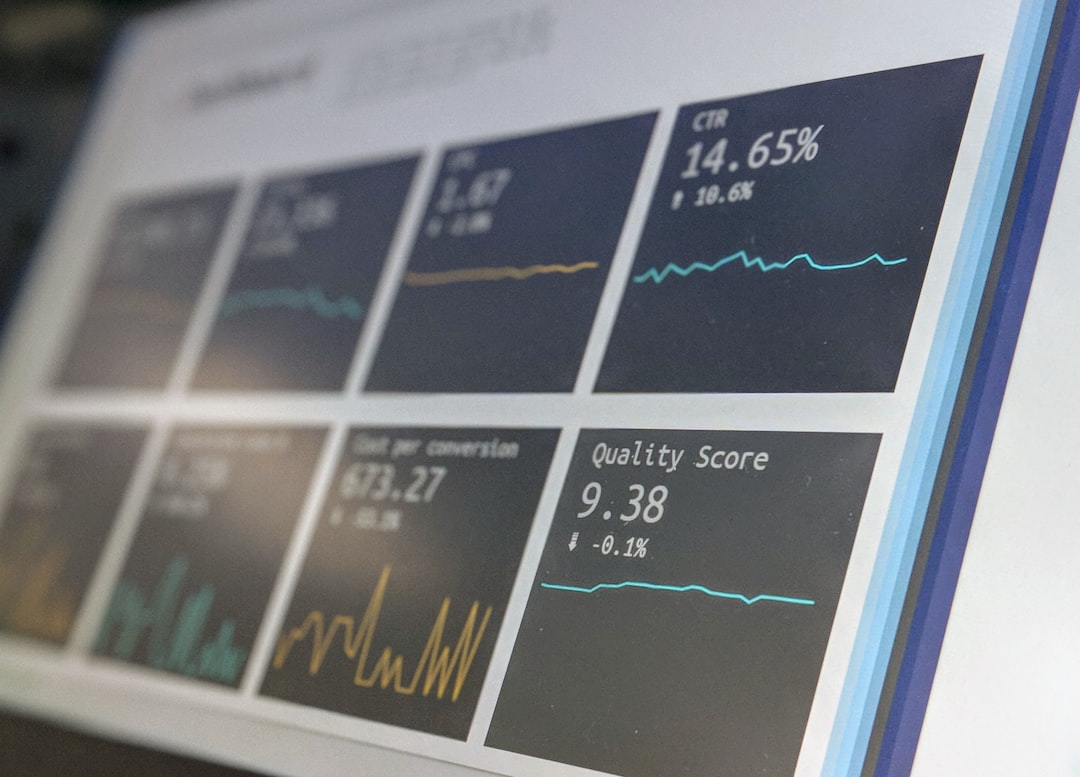With online retail becoming more competitive every year, understanding your data has never been more important. Ecommerce analytics tools help businesses gain insights into customer behavior, track conversions, and optimize marketing strategies. As we step into 2025, an array of analytics platforms offers advanced functionality, making it easier than ever to grow your online store intelligently.
In this article, we highlight the top 14 ecommerce analytics tools for 2025 — each offering unique features to help brands of all sizes thrive.
Contents
1. Google Analytics 4 (GA4)
Still a go-to choice for many, GA4 continues to dominate the scene with its powerful, free analytics options. It provides deep tracking capabilities, predictive metrics, and seamless integration with Google Ads.
2. Shopify Analytics
If you’re using Shopify as your platform, you’re in luck. Shopify Analytics comes built-in and provides detailed insights into your store performance, sales trends, and customer behavior.
3. Adobe Analytics
For enterprise-level businesses, Adobe Analytics offers advanced segmentation, attribution modeling, and AI-powered insights to maximize ROI.
4. Mixpanel
Mixpanel focuses on user behavior analytics, making it perfect for ecommerce stores that want to understand what actions customers take before converting. Its real-time tracking and funnel analysis tools are top notch.
5. Hotjar
Want to literally see how users are interacting with your site? Hotjar delivers heatmaps, session recordings, and user feedback to visually analyze behavior patterns.

6. Kissmetrics
Kissmetrics focuses on the customer journey—from first click to ongoing lifetime value (LTV). Ideal for SaaS or subscription-based ecommerce, it provides cohort analysis and behavior tracking over time.
7. Heap
No need to set manual events. Heap automatically captures all user interactions, letting you retroactively analyze behaviors you didn’t initially think to track.
8. Woopra
Designed for real-time customer journey analytics, Woopra integrates with other platforms and tools like Salesforce, Slack, and Intercom to give a complete picture of each user interaction.
9. Crazy Egg
Crazy Egg is another visualization tool that shows you what’s working—and what isn’t—using scrollmaps, heatmaps, and A/B testing. Optimize your site’s layout and boost performance effortlessly.
10. Amplitude
Amplitude is great for identifying product usage trends and behavior patterns. With strong segmentation and retention-focused features, it’s especially helpful for ecommerce apps and stores with repeat customers.
11. Segment
More of a customer data infrastructure tool, Segment allows you to collect and unify data from multiple sources—email marketing, payment systems, chat tools—into a single analytics center.

12. Looker
Looker, owned by Google Cloud, is designed for businesses that need custom reports and advanced data modeling. It’s highly flexible and allows visualizing data with ease—but you’ll need some setup expertise.
13. Piwik PRO
Have privacy concerns? Piwik PRO is a privacy-friendly alternative to Google Analytics, ideal for ecommerce websites handling sensitive customer data. It complies with GDPR and other data protection laws.
14. Metorik
For WooCommerce users, Metorik dives deep into your store’s data with real-time reports, email automation, and detailed customer insights—all inside a sleek, user-friendly interface.
Why Ecommerce Analytics Matter in 2025
Consumers are smarter and demands are higher. To win in 2025, you need tools that offer:
- Real-time data visualization
- Deeper customer segmentation
- AI-powered forecasting
- Multi-channel attribution
And the best ecommerce analytics tools provide exactly that.

Final Thoughts
Choosing the right analytics tool depends on your business size, structure, and specific goals. From free tools like GA4 to enterprise solutions like Adobe Analytics, each of the above platforms brings something valuable to the table in 2025.
Investing in these ecommerce analytics tools will empower you to make data-informed decisions, fine-tune your strategy, and ultimately boost your online revenue as competition continues to rise.
Be smart, dive into your data, and stay ahead of the curve.

